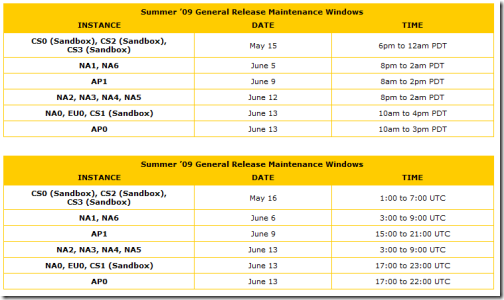Join the SpamCheck Beta
Building upon my previous experience with Web-to-Lead spam checks, I am readying the release of an AppExchange application to perform spam checking against your incoming Salesforce data. Benefits include:
- 100% native Force.com application
- I’ve taken care of licensing a top notch, 3rd party spam checking service
- You can train the service to make it more intelligent
- Web-to-Lead spam checks (make 2 small changes to existing web forms and you are up and running)
- Web-to-Case spam checks (make 2 small changes to existing web forms and you are up and running)
- ** In development ** Support for Web-to-Lead forms using Salesforce for Google AdWords
- Exposed Apex methods allowing developers to incorporate a Spam Check in their Apex code. Perfect for use with Salesforce Sites forms you build.
Before officially releasing it to the public, I want it running in the real world and am looking for people to try it with real, live web forms. Being an active participant will mean a good deal on it when it’s released. Please complete the form below and you’ll be added to the list of those interested. I’ll reach out to you when I am ready to get the beta going (plan on late July / early August).
Update 2009-09-04: Thank you for your interest, but the beta is now closed.
Permalink
Comments off ![]()
